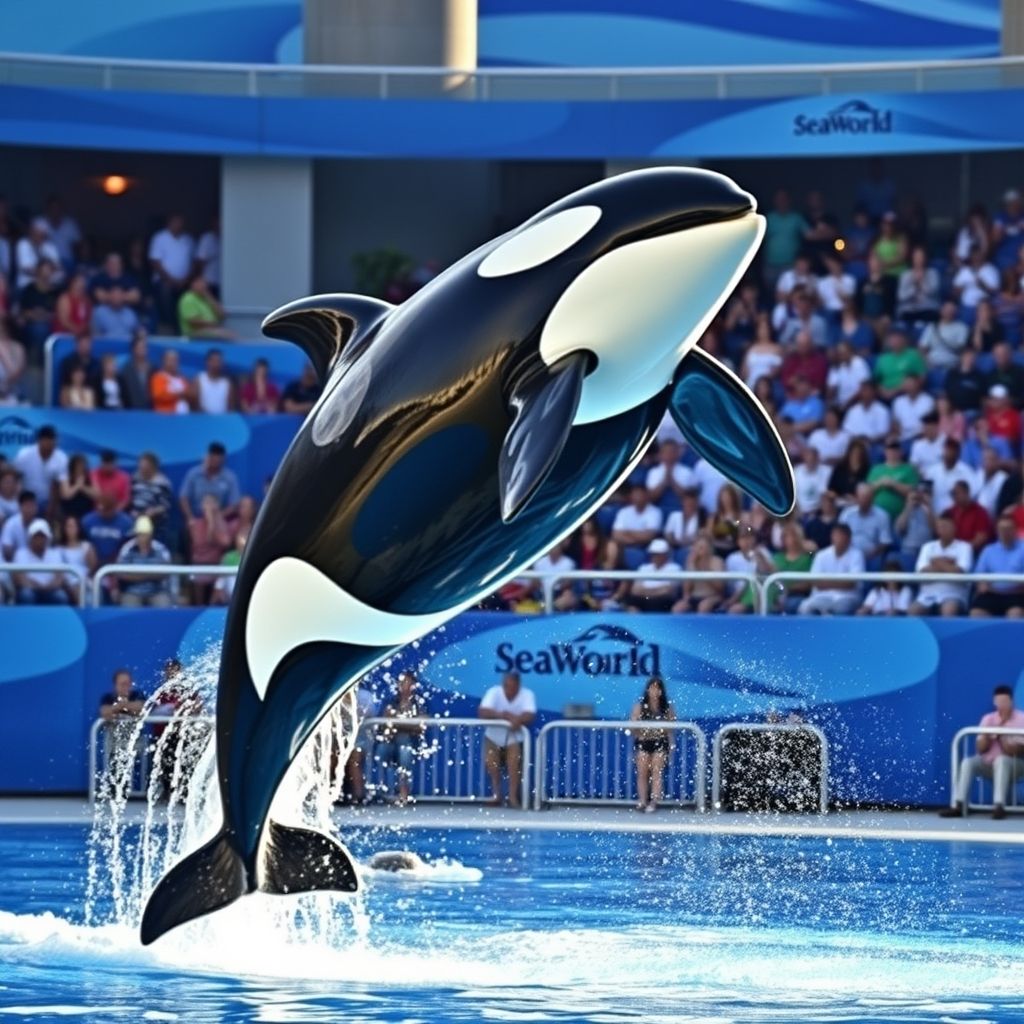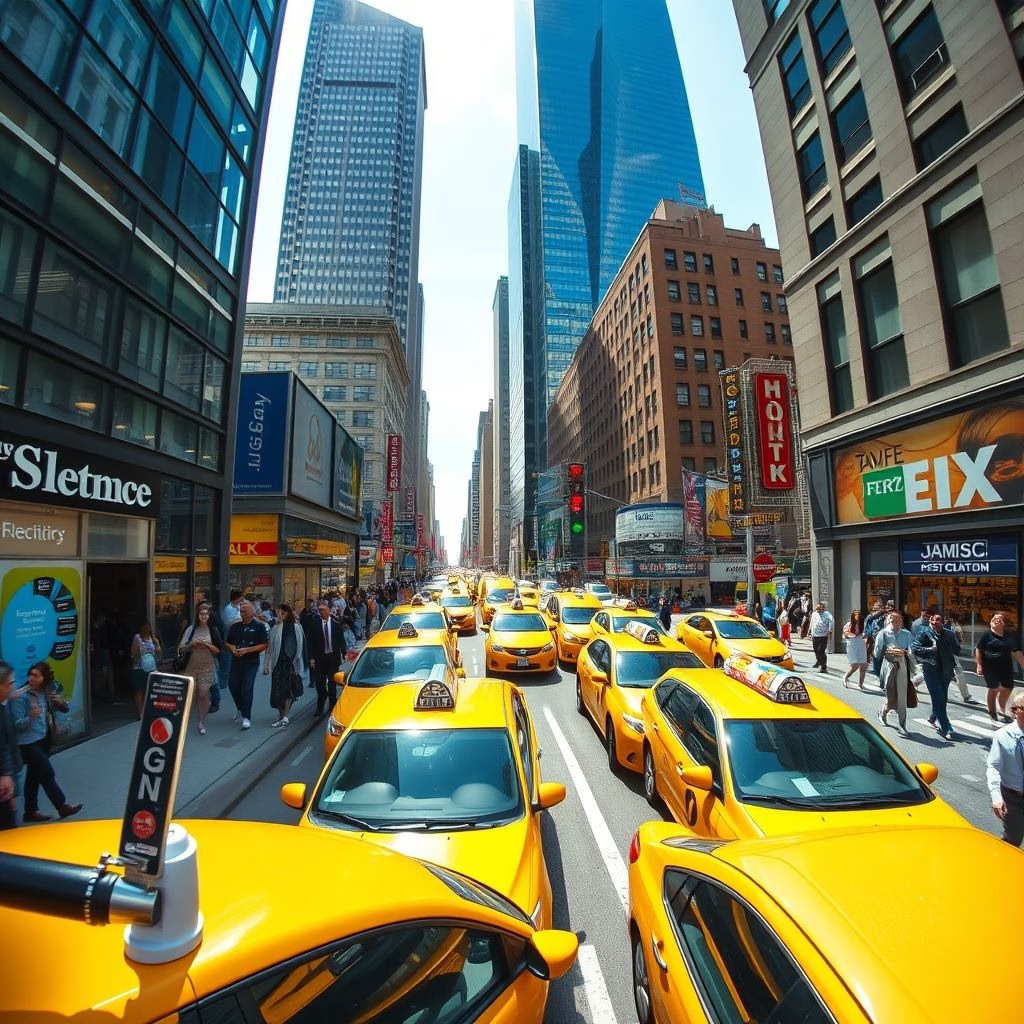SeaWorld: A Deep Dive into the Marine Mammal Park’s History, Controversy, and Evolution

SeaWorld: More Than Just Orcas and Thrill Rides
SeaWorld, a name synonymous with marine life and entertainment, has etched its place in the American theme park landscape. Founded in 1964, the company has grown from its humble beginnings to become a significant player, captivating audiences with its blend of marine mammal shows, thrilling rollercoasters, and educational exhibits. This article provides an in-depth look at SeaWorld’s history, its evolution, and the challenges it has faced.
A Look at the Park Chain’s Genesis and Expansion
The heart of SeaWorld’s operations lies in its theme parks. Headquartered in Orlando, Florida, the company boasts parks across the United States and internationally, notably in locations like California and Texas, with a presence in Abu Dhabi. The company’s initial concept focused on showcasing marine life, particularly through performances by dolphins, sea lions, and, most famously, orcas. Over the decades, SeaWorld has broadened its offerings, incorporating adrenaline-pumping rides and interactive experiences to appeal to a wider audience.
The Blackfish Effect and Animal Welfare Concerns
SeaWorld’s journey hasn’t always been smooth sailing. In 2013, the documentary Blackfish brought significant public scrutiny to the company’s treatment of its orcas, raising critical questions about animal welfare and the ethics of keeping these intelligent creatures in captivity. The documentary highlighted concerns about the size of the tanks, the social structures of the orcas, and the training methods used. This sparked a public outcry and led to a decline in attendance at SeaWorld parks, forcing the company to re-evaluate its practices and its public image.
Responding to Change: New Directions for SeaWorld
In response to the widespread criticism, SeaWorld made several significant changes. The company announced the end of its in-park orca breeding program and began phasing out theatrical orca shows in favor of presentations focusing on the animals’ natural behaviors. The focus shifted towards conservation efforts and animal rescue programs, aiming to improve its image and demonstrate a commitment to animal welfare. These changes signify a major shift for the theme park, from prioritizing entertainment to emphasizing education and animal care.
SeaWorld in the Competitive Theme Park Arena
The theme park industry is fiercely competitive, with giants like Disney and Universal dominating the market. SeaWorld competes alongside these established players, as well as other companies like Six Flags. To remain relevant, SeaWorld continuously invests in new attractions, experiences, and partnerships. The company has demonstrated an ability to adapt and evolve, expanding into new markets and diversifying its offerings to attract a broader customer base. The expansion into Abu Dhabi, for example, showcases its global ambitions. The competition is always fierce in the amusement park industry, but SeaWorld has proven that it is able to hold its own in the marketplace.
Looking Ahead
SeaWorld’s story is a testament to the evolving relationship between humans and the natural world. The company’s future depends on its continued commitment to animal welfare, conservation, and providing engaging and educational experiences. While challenges remain, SeaWorld has demonstrated a willingness to adapt and to listen to the public’s concerns. It will be interesting to see what the future holds for this enduring theme park chain.




